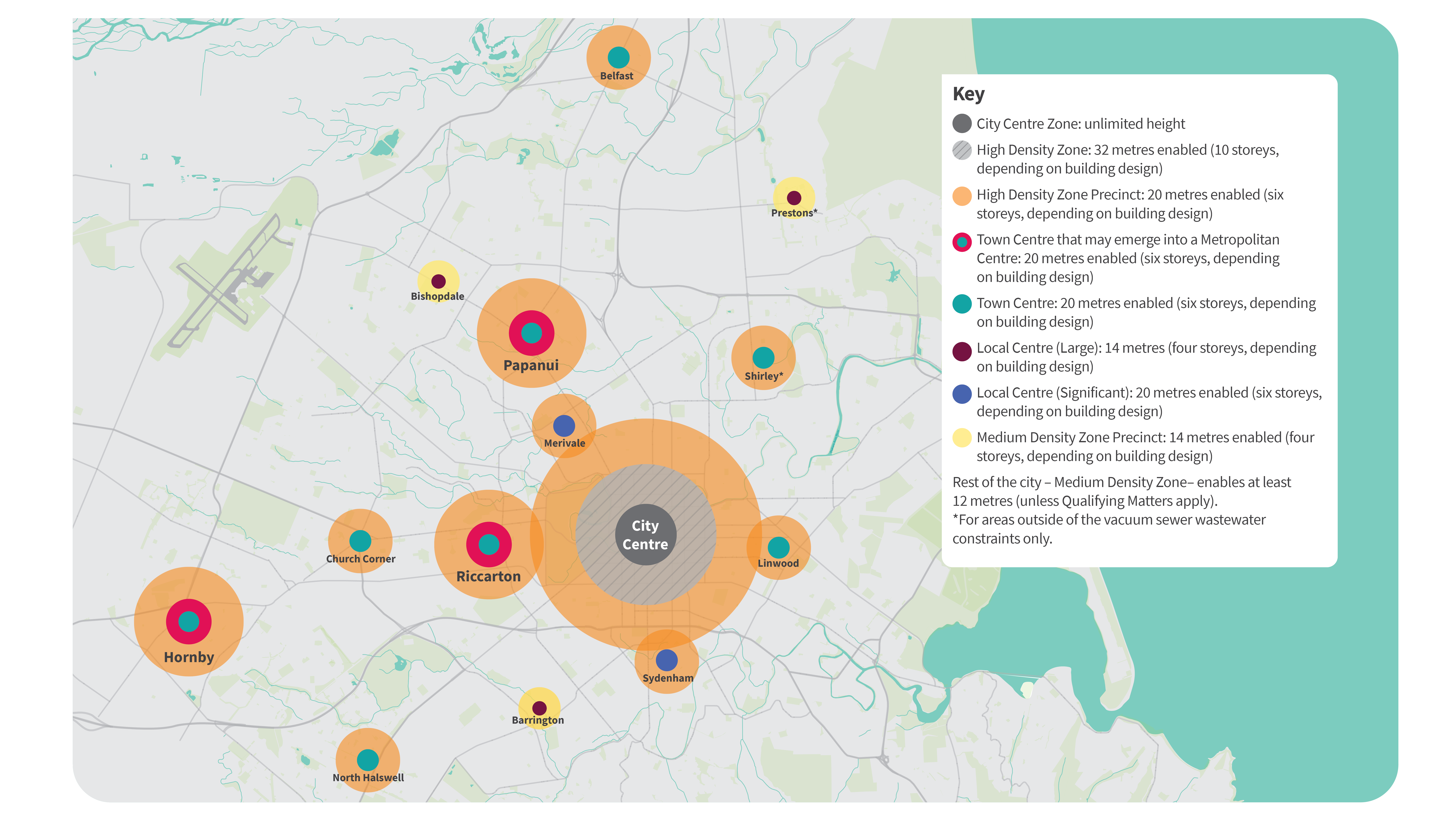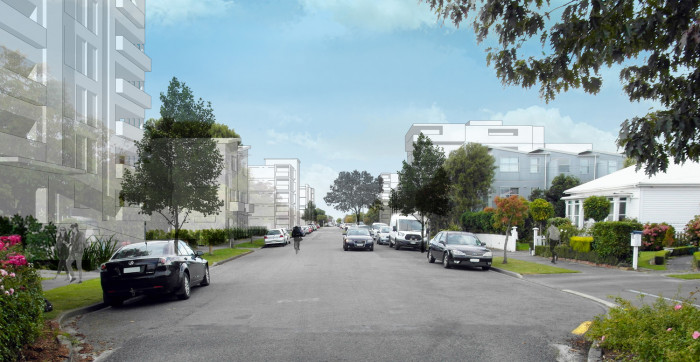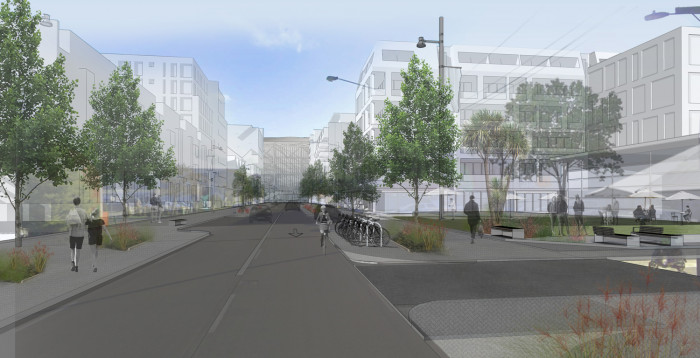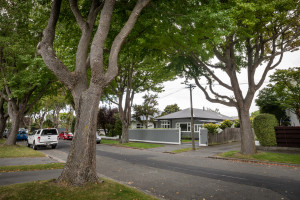Pre-notification consultation - 11 April to 13 May 2022.
The Draft Housing and Business Plan Change is notified (expected in March 2023) and the public can provide submissions. The MDRS rules have immediate legal effect from this date.
Submissions on the notified Draft Plan Change are published.
Further submissions can be made on the notified Draft Plan Change to support or oppose previous submissions.
Independent Hearings Panel conducts hearings. The Council can choose to conduct optional pre-hearing mediation.
The Hearings Panel provides the Council with its recommendations.
The Council makes its decision. If the Council does not agree with the Hearing Panel's recommendations, the Minister for the Environment becomes the decisionmaker.
The Draft Housing and Business Choice Plan Change becomes operative (early 2024).
Pre-notification consultation - 11 April to 13 May 2022.
The Draft Housing and Business Plan Change is notified (expected in March 2023) and the public can provide submissions. The MDRS rules have immediate legal effect from this date.
Submissions on the notified Draft Plan Change are published.
Further submissions can be made on the notified Draft Plan Change to support or oppose previous submissions.
Independent Hearings Panel conducts hearings. The Council can choose to conduct optional pre-hearing mediation.
The Hearings Panel provides the Council with its recommendations.
The Council makes its decision. If the Council does not agree with the Hearing Panel's recommendations, the Minister for the Environment becomes the decisionmaker.
The Draft Housing and Business Choice Plan Change becomes operative (early 2024).


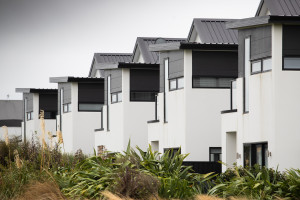 We want to put more houses in the right parts of our city, close to our growing commercial centres, where there’s good access to services, public transport networks and infrastructure. Living within easy reach of work, school and shops makes getting around easier and helps cut transport emissions, which is better for the environment. Building more homes on our existing urban footprint also protects our precious, versatile soils.
We want to put more houses in the right parts of our city, close to our growing commercial centres, where there’s good access to services, public transport networks and infrastructure. Living within easy reach of work, school and shops makes getting around easier and helps cut transport emissions, which is better for the environment. Building more homes on our existing urban footprint also protects our precious, versatile soils. The proposed plan change creates a number of residential and commercial zones in the city, within which different heights of development are enabled for housing. Increased commercial development will be enabled in the central city and suburban commercial centres.
The proposed plan change creates a number of residential and commercial zones in the city, within which different heights of development are enabled for housing. Increased commercial development will be enabled in the central city and suburban commercial centres.